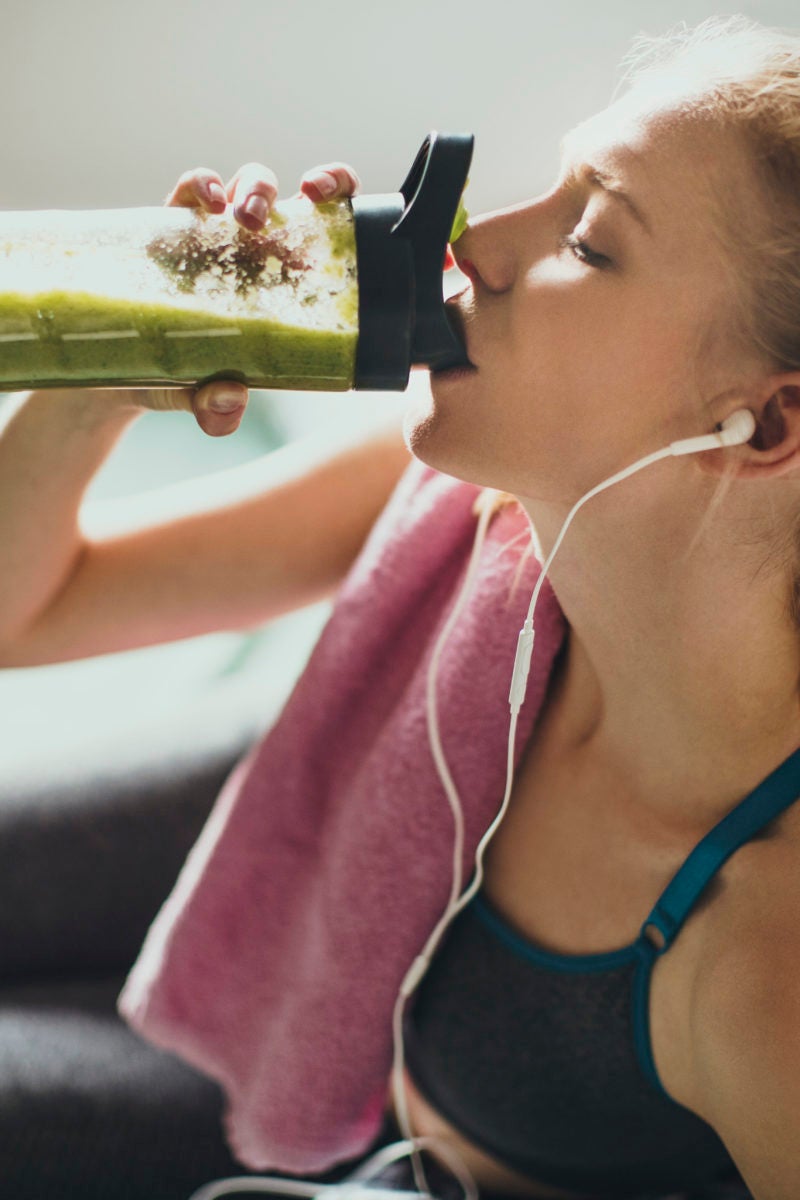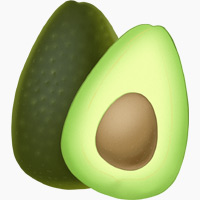Written by Caitlin Miller
August 28, 2017
There’s hardly a more annoying, eye roll-inducing statement than “You are what you eat.” But the reality is: What you eat affects you. Dietary choices can impact your habits from grocery shopping to meal prepping, your mental and physical health, and, obviously, your waistline.
But that’s not all. What you eat can also affect your skin. Choosing a certain diet might not only be a good idea for your physical health goals—improving heart health, training for a 5K, building max strength for CrossFit—but might also help improve your skin’s health. We chatted with some experts to find out how these four popular diets actually affect your skin.
Paleo
What it is: Otherwise known as the “caveman diet,” Paleo is a popular diet plan in which followers eat only foods that our hunter-gatherer ancestors would have consumed. Founder Loren Cordain, Ph.D., says that because Paleo is more in line with what our genetic ancestors ate, the lifestyle helps people minimize their risk of diseases and lose weight. A Paleo diet is rich in meats, fruits, vegetables, seafood, and nuts—but low in grains; dairy; added salt; and legumes such as peanuts, beans, lentils, and soybeans. (Want to know more? Check out our beginner’s guide to going Paleo.)What that means for your skin: Let’s just say there’s a reason many beauty supplements contain protein-rich formulas: Proteins are essential for healthy skin. “[They] are broken down into amino acids, which are the building blocks for all of the proteins found in the skin, hair, and nails, as well as in the rest of the body,” explains Hadley King, M.D., dermatologist at SKINNEY Medspa in New York City. So just as protein is the key to building muscle, it’s also necessary for building up collagen for healthy, elastic, strong skin.But protein isn’t the only dietary staple a Paleo-rich diet can provide. “Sufficient healthy fats are necessary for the barrier function of our skin,” King says. Translation: Healthy fats from foods such as olive oil and avocados can help your skin stay hydrated and protected from the elements.Of course, one thing to keep in mind when you’re eating a protein-rich diet is the type of meat. There’s still some concern around hormone-treated poultry, explains S. Manjula Jegasothy, M.D., CEO and founder of Miami Skin Institute. “Foods that are high in exogenous [external] hormones, such as those extra-large, nonorganic chicken breasts and other animal proteins that have been treated with hormones on the farm, have been linked to higher overall cortisol levels,” she says. Higher cortisol levels can mean higher testosterone and estrogen or progesterone levels, which potentially lead to acne, she explains. Ultimately though, as long as your dietary restrictions don’t result in a deficiency of any particular vitamins, minerals, or other nutrients, then following a Paleo diet will actually be good for your skin, King says, adding that avoiding added salt might also lead to decreased puffiness (a.k.a. no under-eye bags from that late night out).
Whole30
What it is: The popular 30-day diet is somewhat similar to Paleo, in that it focuses primarily on meats and veggies. But unlike Paleo, Whole30 is pretty restrictive for 30 days, then helps followers gradually reintroduce certain foods after the program is over. Dieters consume meats such as poultry, fish, and red meat; veggies; some fruits; and fats. Whole30 excludes grains, beans or legumes, dairy, sugar (artificial or natural), soy, and booze. (Want to know more? Check out our beginner’s guide to the Whole30.)What that means for your skin: Whole30 followers also reap the benefits of a protein-rich and fat-heavy diet in terms of skin barrier health. But because Whole30ers also eliminate sugars and alcohol, they might notice an improvement in the look of their skin. Low sugar levels are beneficial for acne sufferers and older skin, explains Joshua Zeichner, M.D., director of cosmetic and clinical research at Mount Sinai Hospital in New York City. He says high sugar levels in the blood can lead to a process called glycation, in which sugar molecules attach to collagen, leading to the hardening of the collagen and resulting in early aging. As if that wasn’t enough, many of the foods eliminated during Whole30 trigger inflammatory responses in our body and create havoc in our immune system all the way to our skin, says Danielle Stadelman, a registered dietitian from Long Beach, California. “Inflammation triggers cells to clog pores, leading to acne and skin flare-ups,” she says. Sugar, fried foods, refined carbohydrates, dairy (for some people), and saturated fats can all cause inflammation, Stadelman says. “Cutting out specific foods could help certain people slowly clear up their skin, especially if their previous diet was high in processed foods, sugar, and saturated fats before,” she adds.











